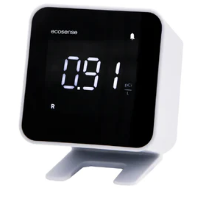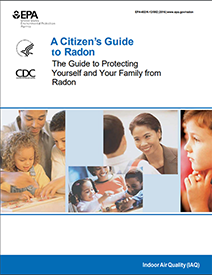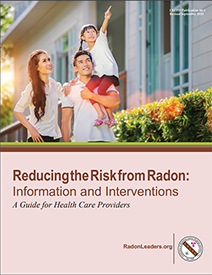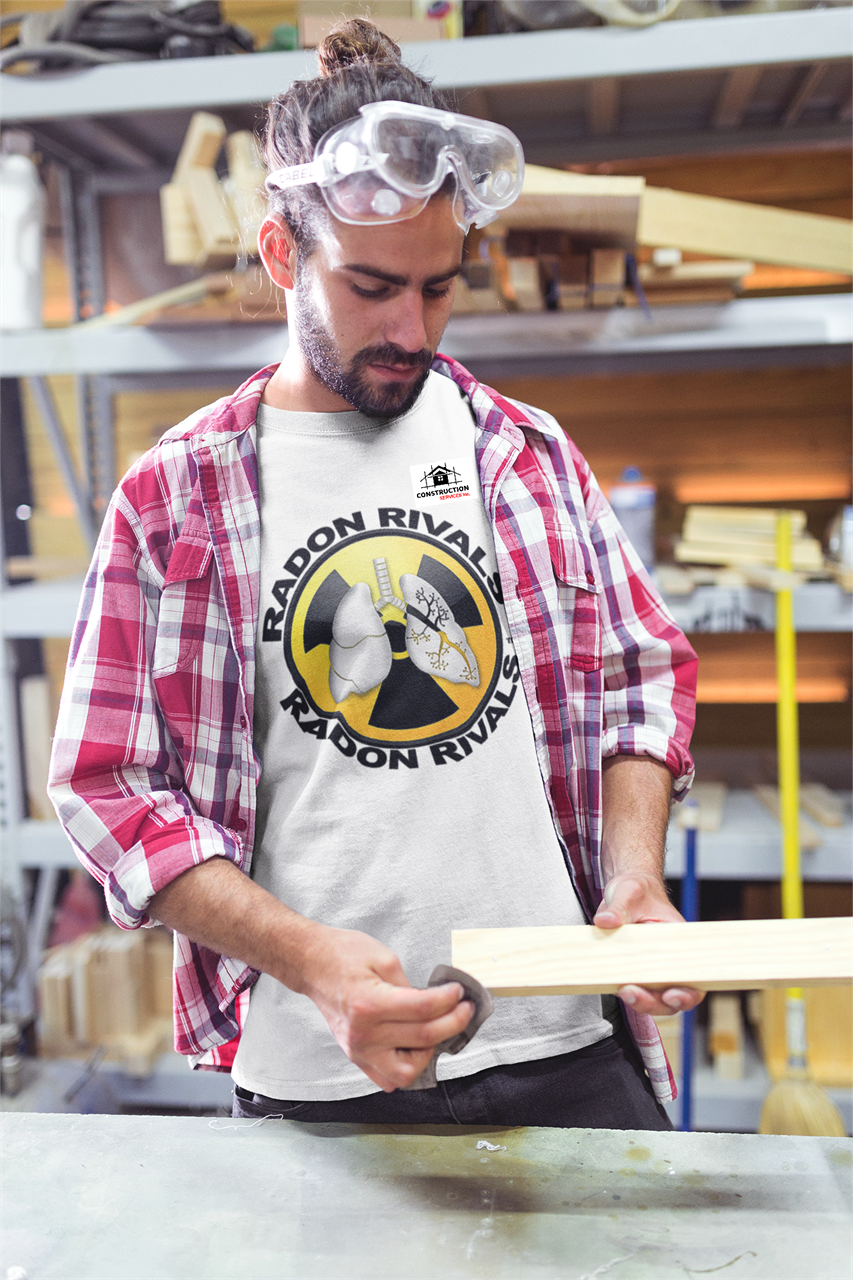What is radon? Radon is an invisible, odorless, colorless gas that is released through the decay process of uranium, radium, and thorium, which are present in rocks and soil throughout the world. About 37% of our radiation exposure in the U.S. comes from radon, and, although radon typically exists in low levels outdoors, if it enters a home or other building through cracks in the foundation, floors, or walls, it can accumulate to dangerous, even life-threatening levels. Radon gas is labeled as a Group 1 carcinogen, the most dangerous designation that a substance or exposure circumstance can receive, by the International Agency for Research on Cancer (IARC). This means that radon gas is known to cause cancer. 1 person dies every 25 minutes in the United States alone from radon-induced lung cancer—21,000 people every year! Radon causes more deaths annually than carbon monoxide, pesticides on food, asbestos, and outdoor pollutants combined, yet many homeowners don’t know about the threat of this environmental health hazard and how easy it is to keep their homes and families safe. How does radon cause lung cancer? As radon decays, it releases alpha particles that, when inhaled, can attach themselves to the tissue lining the lungs and damage the lung cells, which may result in cancer. Unfortunately, the vast majority of lung cancer cases are not identified until Stage IV, at which time symptoms first develop. Very few Stage IV patients have a life expectancy greater than 5 years after diagnosis. Smokers and former-smokers are at an even greater risk of developing radon-induced lung cancer, and some studies show that radon may be linked to other types of cancer in addition to lung cancer.
|
| National Radon School Calendar Classrooms, Waiting rooms, Bookbag Stuffers, Foodbanks, Libraries, Home Visits ORDER HERE [Canada & U.S.] https://www.conquestgraphics.com/crrr/national-calendar The minimum order quantity is 5 calendars. info@citizens4radonreduction.org CUSTOM ORDERS ARE AVAILABLE. |
| *Canadian Portal - https://CR3.ourproshop.ca *USA Portal: https://CR3.ourproshop.com Custom bulk ordering available Log into your account and click on "CustomQuote" You can add your organization's logo to all items. Order customized t-shirts and masks Your employees, children, hospitals and other corporate or nonprofit organizations can make a statement. |
 |
|









